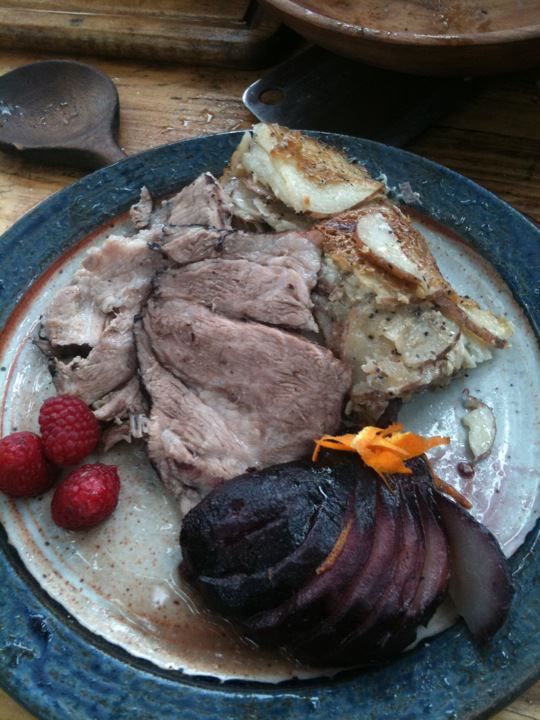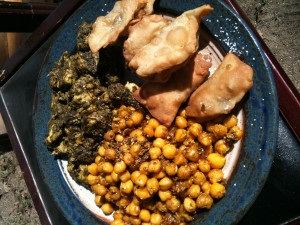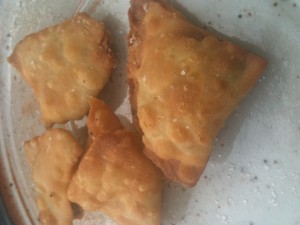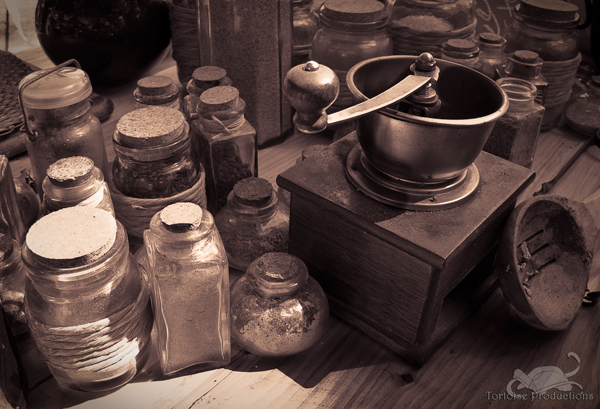This past weekend was Chocolate and Romance weekend. Our kitchen cooked up another storm with a variety of romantic dishes. I hope you like them.
Pomegranate and Raspberry Wine Pork
Ingredients:

2 cups of pomegranate juice (unsweetened)
2 cups of Raspberry wine
1 tsp black pepper
1 tsp sea salt
Place the pork in a large pot and add the wine and juice together and cook on a stovetop on medium heat for 2.5 hours. After the first hour, add the black pepper. After the second hour, add the salt. The pork is done when it falls apart (like pulled pork).
Potato Dauphinoise
Preheat over to 350 degrees F
3 lbs of red potatoes, thinly sliced
6 large garlic cloves, minced
1 large garlic clove, halved
4 table spoons of butter
2 1/2 cups of heavy cream
1/2 cup milk
Salt and pepper to taste
Place the potato slices into a bowl of cold water to remove the excess starch. Drain and pat dry with paper or cloth towels. Take the halved garlic clove and rub the cut side around a wide, shallow, ovenproof dish or cast iron pot. Butter or spray oil the dish/pot generously and blend the cream and milk together. Cover the bottom of the dish with a layer of the potatoes. Dot a bit of the butter and minced garlic over the potatoes and season with the salt and pepper. Pour a bit of the cream and milk mixture over the layer. Continue making layers until all of the ingredients have been used, ending with just a layer of cream. Bake for about 1 1/4 hours. If the potatoes are browning too quickly, cover with a lid or a piece of aluminum foil. The dish is done when the potatoes are soft and tender and the top is golden brown. Serves 8
Poached Pears
Ingredients:
4-6 Peeled, Cored and Sliced Pears (recommend Bosc or Anjou)
1 1/2 cups of red wine (recommend Zinfandel, Shiraz or Merlot)
3/4 cups of granulated sugar
2 Tablespoons of lemon juice (can also add lemon zest if desired)
2 teaspoons vanilla
2 teaspoons of cinnamon
Preparation: Combine all ingredients, except pears, and bring to a boil. Once the wine mixture is boiling, turn heat down to a simmer and add the pears. Simmer pears for 10-12 minutes and then turn pears and simmer for an additional 8-10 minutes – until they are tender and are easily poked through with a fork. Remove pears and let them cool. Boil wine sauce until the liquid has been reduced by half. Pour sauce over pears and serve with either marscapone, crème fraiche or Devonshire cream.
Chocolate Chicken
Ingredients:
1 whole chicken, cut up
3 tablespoons vegetable oil
2 cups chicken stock
1/2 cup unsweetened cocoa powder
1 1/2 tablespoon vegetable oil
1/4 teaspoon cloves
1/2 teaspoon cinnamon
3/4 teaspoon anise seed
1 cup almonds or hazelnuts, chopped
1.5 tablespoon sugar
1 teaspoon salt
3 tomatoes, chopped (optional)
2 medium onions, chopped
1/2 teaspoon fresh black pepper
1/8 teaspoon ancho powder (or to taste)
sesame seeds
PREPARATION:
Brown chicken in a medium skillet in hot oil. Remove to a large (13x9x2) cake pan or baking dish. Pour oil from skillet and add the stock. Simmer 5 minutes. Mix cocoa with vegetable oil to form a paste. Add cloves, cinnamon, anise seed, and blend. Stir spice mixture into simmering stock and simmer 5 minutes more, stirring occasionally.
Pour mixture over the chicken parts. Cover and bake in preheated 350-degree oven until chicken is tender (around 1 to 1 1/2 hours).




